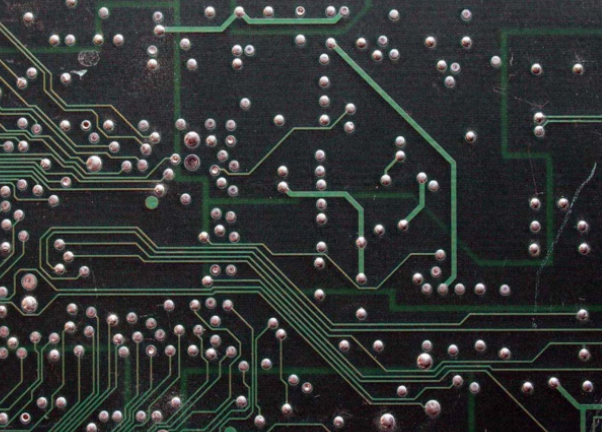Shenzhen circuit board factory: how long is the transmission line
How long is the transmission line? This is related to the propagation speed of the signal. The signal speed in the copper line on the FR4 fiberglass circuit board is 6in/ns. Simply put, as long as the round-trip time of the signal on the trace is greater than the rise time of the signal, the trace on the PCB circuit board should be processed as a transmission line.
Let’s look at what happens when the signal spreads over a long trace. Assuming that there is a 60-inch PCB trace, the return path is the ground plane of the inner layer of the PCB circuit board close to the signal line, and the signal line and the ground plane are open at the far end.

The signal propagates forward on this trace, and it takes 10ns to transmit to the end of the trace, and another 10ns to return to the source, so the total round-trip time is 20ns. If the above signal round-trip path is regarded as an ordinary current loop, there should be no current in the return path, because it is open at the far end. But the actual situation is not the case. There is current for the first period of time after the return path is on the signal.
Add a signal with a rise time of 1 ns to the trace in the PCB drawing of the Shenzhen circuit board factory. In the first 1 ns, the signal has only traveled 6 inches on the line. I don’t know if the remote end is open or short. How big is the impedance of the circuit board felt by the signal, and how to determine it? If the signal round-trip path is regarded as an ordinary current loop, then there will be contradictions, so it must be dealt with according to the transmission line.
Actually, there is a parasitic capacitance between the signal line and the return ground plane, as shown in Figure 2. When the signal propagates forward, the voltage at point A does not change continuously. For the parasitic capacitance, the changing voltage means that a current is generated, and the direction is shown by the dotted line in the figure. Therefore, the impedance felt by the signal is the impedance presented by the capacitance, and the parasitic capacitance constitutes the path of current return. The signal will feel an impedance at every point through which it propagates forward. This impedance is generated by the application of a varying voltage to the parasitic capacitance, which is usually called the transient impedance of the transmission line.
When the signal reaches the far end, the voltage at the far end rises to the final voltage of the signal, and the voltage no longer changes. Although the parasitic capacitance still exists, there is no voltage change, and the capacitance is equivalent to an open circuit, which corresponds to the DC situation.
Therefore, the short-term performance of this PCB signal path is different from the long-term performance. For a short period of time, the performance is the transmission line. Even if the remote end of the transmission line is open, during the signal transition period, the performance of the front section of the transmission line will be like a resistor with limited resistance.